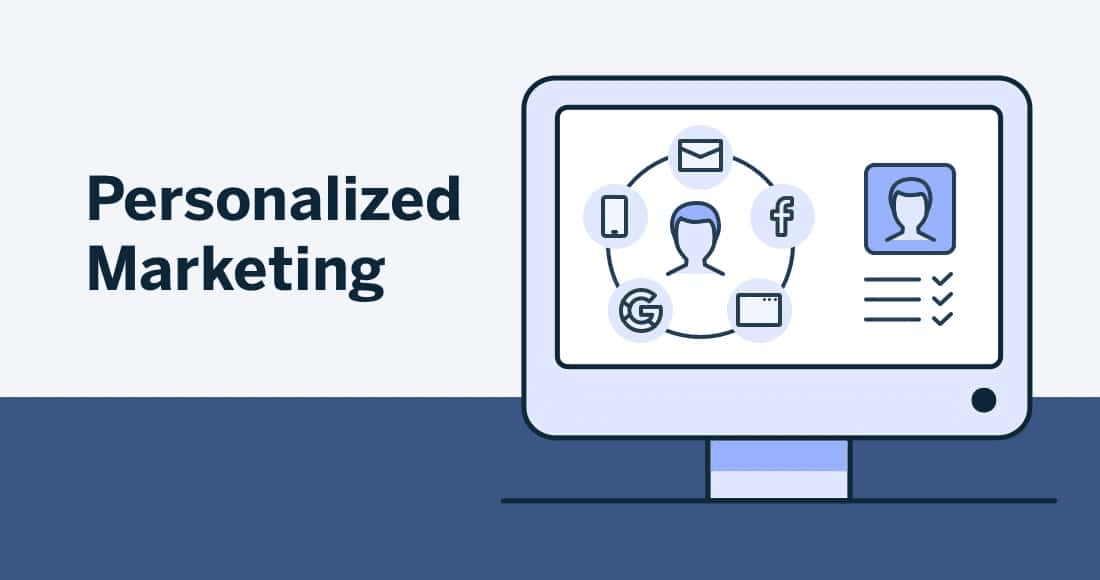
Getting to Know RFM Analysis
So, what’s RFM analysis all about? It’s a simple yet powerful way to segment your customers based on their purchasing behavior:
- Recency: When was the last time they made a purchase? Customers who’ve bought something recently are more likely to engage again.
- Frequency: How often do they buy? Frequent shoppers are usually your most loyal ones.
- Monetary: How much do they spend? Big spenders are your high-value customers.
By scoring your customers on these three factors, you can group them into different segments and tailor your marketing efforts accordingly. It’s like having a roadmap to your customers' hearts!
Crafting Personalized Marketing Strategies
Once you’ve got your RFM scores, it’s time to roll up your sleeves and get creative. Here are some down-to-earth strategies that have worked wonders for me:
- Tailored Product Recommendations:
- How to Do It: Dive into your data and look at what your high-value customers are buying. Then, recommend similar or complementary products. For example, if a customer loves your premium skincare line, suggest the latest serum or face mask from the same brand.
- Why It Works: Personalized recommendations can boost click-through rates by 25% and conversion rates by 20%. Customers appreciate when you remember their preferences.
- Exclusive Content and Offers:
- How to Do It: Create content that speaks directly to your customers' interests. This could be a VIP newsletter, special blog posts, or even early access to new products. For instance, send your tech-savvy customers in-depth reviews and sneak peeks of upcoming gadgets.
- Why It Works: Engaging content keeps customers coming back. An electronics store saw a 30% increase in engagement by sending personalized tech articles and reviews.
- Special Discounts and Loyalty Programs:
- How to Do It: Reward your top customers with exclusive discounts or a robust loyalty program. Think points for every purchase that can be redeemed for cash vouchers or exclusive products. A simple example: “Spend $500, get $50 off your next purchase.”
- Why It Works: Loyalty programs can increase customer retention by up to 15%. Everyone loves a good deal, especially when it feels like it’s just for them.
- Personalized Email Campaigns:
- How to Do It: Use your RFM data to segment your email list and send targeted campaigns. If someone hasn’t bought anything in a while, send them a “We Miss You” email with a special discount. For frequent buyers, highlight new arrivals they might love.
- Why It Works: Personalized emails have higher open and click-through rates. They show customers you’re paying attention to their needs.
- Customized Customer Service:
- How to Do It: Offer high-value customers a dedicated support line or priority service. When they reach out, ensure they get the best possible experience. Quick response times and knowledgeable reps make a big difference.
- Why It Works: Exceptional customer service can increase satisfaction by 25%. Happy customers are loyal customers.
Real-World Success Story
Let me share a story from my own playbook. At XYZ Fashion, we were swimming in data but struggling to connect with our top customers. By implementing RFM analysis, we identified our high-value shoppers and tailored our marketing efforts to them.
The Problem:
Our sales were good, but we noticed a drop-off in repeat purchases. High-value customers weren’t coming back as often as we hoped.
The Solution:
We used RFM analysis to segment our customers and discovered that our top spenders loved exclusive, personalized experiences. Here’s what we did:
- Personalized Recommendations: We started sending curated product suggestions based on past purchases. If a customer bought designer handbags, we’d recommend the latest styles from their favorite brands.
- VIP Newsletters: We created a special newsletter for high-value customers, filled with fashion tips, sneak peeks, and exclusive discounts.
- Exclusive Discounts: We introduced a loyalty program where VIP customers earned points on every purchase. These points could be redeemed for discounts, early access to sales, and even personalized styling sessions.
- Priority Customer Service: We set up a dedicated VIP customer service line, ensuring our top customers received quick and attentive support.
The Results:
The results were amazing. Our repeat purchase rate shot up by 25%, and customer satisfaction increased by 20%. Annual spending among our high-value customers went up by 30%. It was a win-win – our customers felt valued, and our bottom line looked better than ever.
Wrapping Up
High-value customers are your bread and butter. By using RFM analysis, you can understand their needs and craft personalized marketing strategies that keep them engaged and loyal. Remember, it’s all about making your customers feel special and appreciated.
I hope these tips help you build stronger, more meaningful relationships with your customers. If you have any questions or want to share your own experiences, feel free to reach out. Happy marketing!

